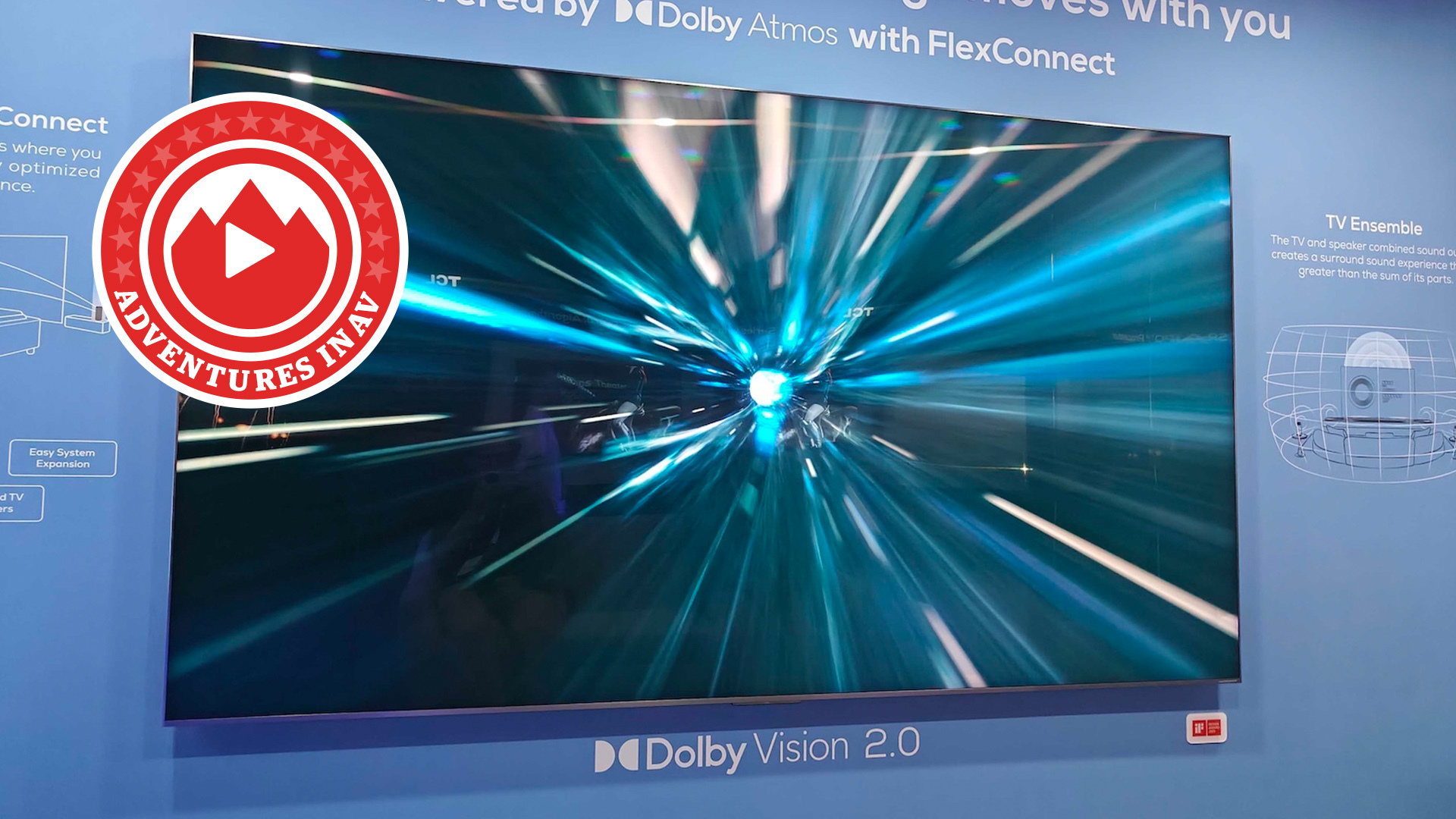Could TCL's next flagship Mini LED TV be too bright?
At a blinding 6500 nits, this TV is sure to dazzle

TCL has been embracing super bright TVs as of late, starting 2024 off with its showstopping 5000 nit 115-inch TV at CES – but it sounds like the Chinese brand plans to go even further with its next release.
Hot on the heels of announcing its first MicroLED TV, TCL has revealed the X11H, a 4K Mini LED set that will also launch exclusively in China. It'll come in two extra large screen sizes – 85- and 98-inches – and despite it using a backlighting system, it's extraordinarily thin.
Its panel technology is what's most interesting about it though. The X11H is set to use a VA LCD panel with a resolution of 4K and a maximum refresh rate of 144Hz; ideal for PC gamers who plan to hook their gaming rig up to it. It's also touting a whopping 14,112 dimming zones. While TCL has included more on its 115-inch QM891G, 20,000 to be exact, this is a mighty impressive number considering this TV features a considerably smaller panel.
Both sizes of this TV can supposedly reach a claimed peak brightness of 6500 nits, which is a staggering figure. It might not topple the Hisense 110UX with its claimed 10,000 nits of brightness, but for a wide-release, commercially available TV, this is quite the achievement from TCL. The brand claims that it's been able to implement this feature thanks to its new Mini LED backlighting system, which it reports is 40 per cent more energy efficient than traditional Mini LED backlights.
There's no word on whether this TV is set to launch in the US and/or Europe, however, FlatpanelsHD speculates that it could act as the successor for the X955 in Europe and the QM851G in the US. These TVs pushed similar boundaries in the brightness and dimming zone categories, featuring 5,184 dimming zones and over 5000 nits peak brightness (according to tests conducted by FlatpanelsHD).
While we're all for pushing TV tech to its limit, we do wonder whether 6500 nits might be overkill. There is hardly any content mastered to that standard, and it greatly excels the requirements for HDR. Speaking to industry professionals in Hollywood earlier this year, they affirmed the idea that super-bright TVs make no sense, so is there a benefit to pushing nit figures this high? We're interested to find out and certainly hope that TCL will bring the X11H to other markets later this year.
MORE:
The latest hi-fi, home cinema and tech news, reviews, buying advice and deals, direct to your inbox.
Read our latest TCL TV review: TCL C745K (55C745K) review
As well as our thoughts on the 115-inch Mini LED set from CES
And our TCL P745 98-inch hands-on review
Lewis Empson is a Senior Staff Writer on What Hi-Fi?. He was previously Gaming and Digital editor for Cardiff University's 'Quench Magazine', Lewis graduated in 2021 and has since worked on a selection of lifestyle magazines and regional newspapers. Outside of work, he enjoys gaming, gigs and regular cinema trips.
